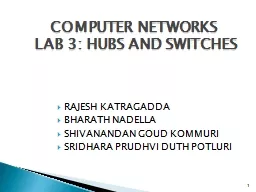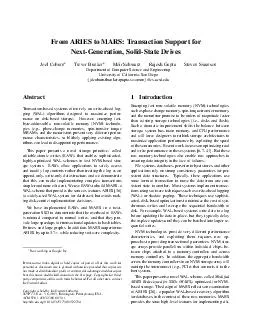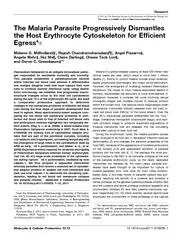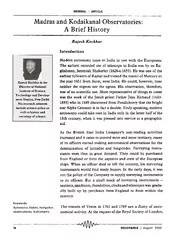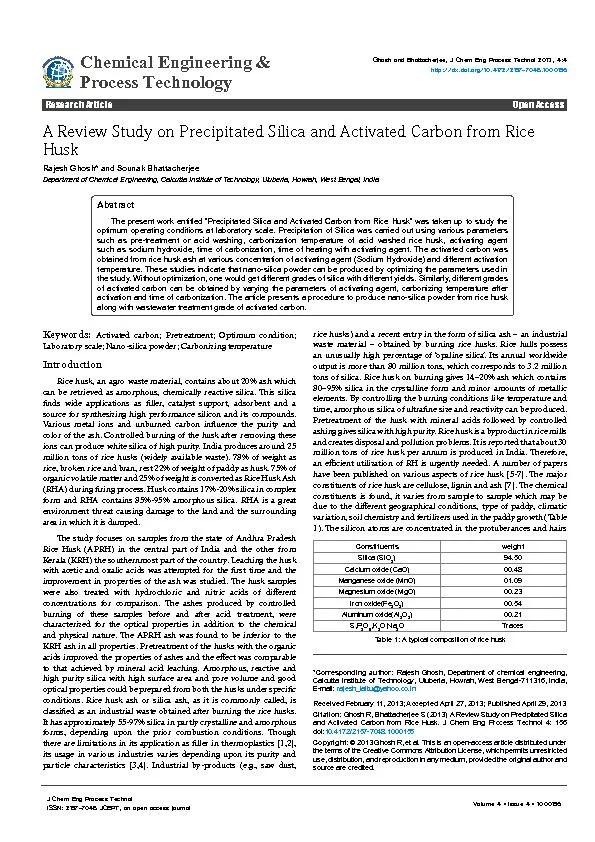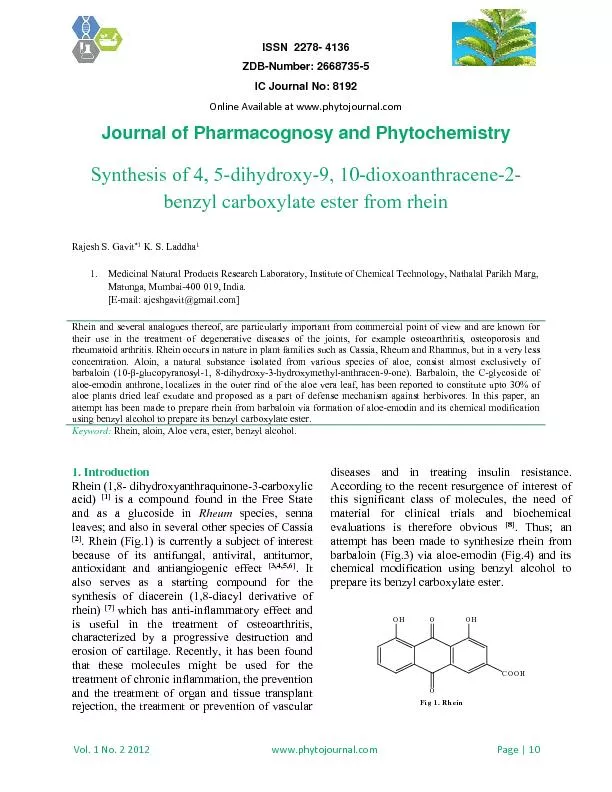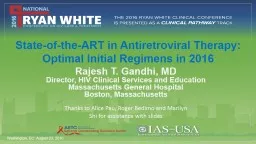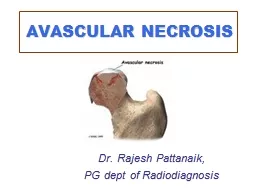PPT-1 RAJESH KATRAGADDA
Author : liane-varnes | Published Date : 2017-05-03
BHARATH NADELLA SHIVANANDAN GOUD KOMMURI SRIDHARA PRUDHVI DUTH POTLURI COMPUTER NETWORKS LAB 3 HUBS AND SWITCHES 2 INTRODUCTION 3 A switch is a multiinput multioutput
Presentation Embed Code
Download Presentation
Download Presentation The PPT/PDF document "1 RAJESH KATRAGADDA" is the property of its rightful owner. Permission is granted to download and print the materials on this website for personal, non-commercial use only, and to display it on your personal computer provided you do not modify the materials and that you retain all copyright notices contained in the materials. By downloading content from our website, you accept the terms of this agreement.
1 RAJESH KATRAGADDA: Transcript
Download Rules Of Document
"1 RAJESH KATRAGADDA"The content belongs to its owner. You may download and print it for personal use, without modification, and keep all copyright notices. By downloading, you agree to these terms.
Related Documents

